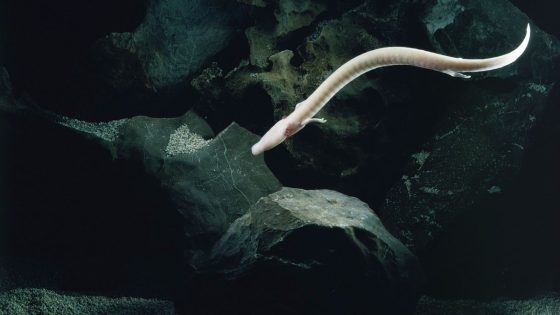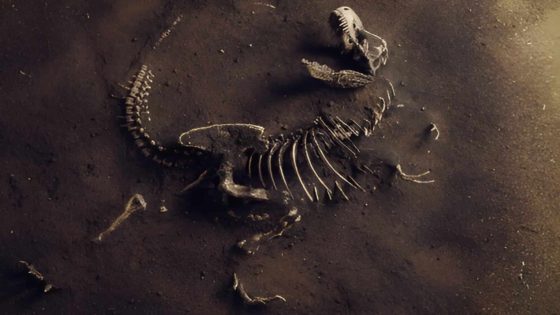Recent research into the behavior of olms, unique cave-dwelling salamanders, reveals astonishing insights into their sedentary lifestyle. Conducted between 2010 and 2018, this study highlights how these amphibians exhibit remarkably low mobility in their natural habitat.
- Olms are cave-dwelling salamanders in Europe.
- They exhibit extremely sedentary behavior.
- Olms have evolved to lose their eyesight.
- They can survive years without food.
- Research highlights differences between lab and wild behavior.
- Genetic variation may affect observed behaviors.
Found exclusively in the subterranean waters of the Balkans, olms have adapted to life in complete darkness, losing their eyesight in the process. Surprisingly, some individuals were observed not moving from a single spot for over seven years, challenging previous assumptions about their behavior in captivity.
This sedentary behavior raises intriguing questions about energy conservation in olms. Why do these creatures remain so still for extended periods? Their lifestyle suggests a unique adaptation to their environment, characterized by:
- Long lifespan of up to 100 years
- Infrequent reproduction, approximately every 12.5 years
- Ability to survive without food for years
As researchers continue to explore the complexities of cave-dwelling life, we may uncover more about the evolutionary strategies that enable species like the olm to thrive in extreme environments.
































